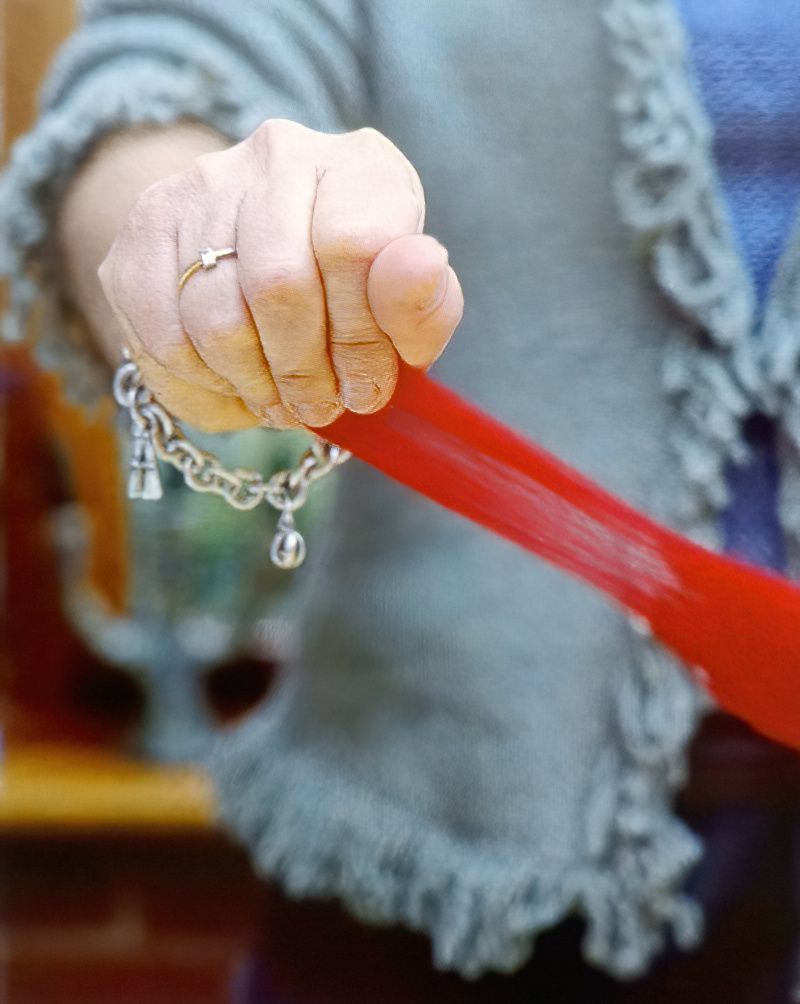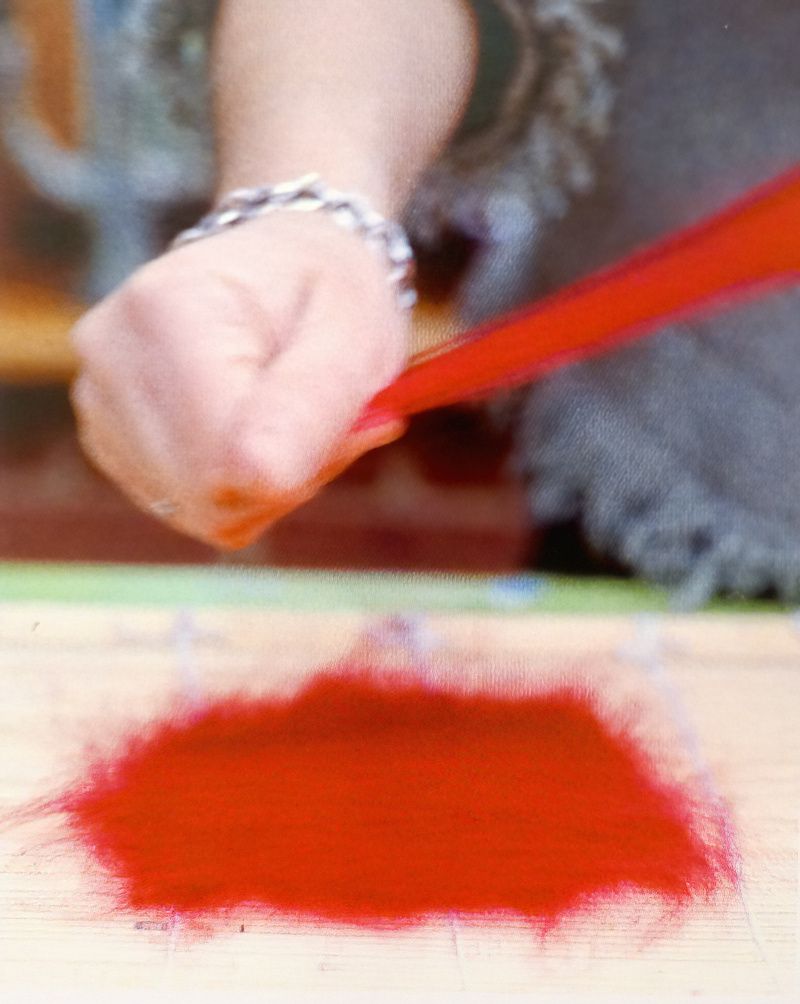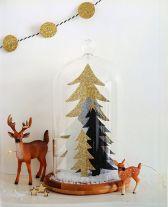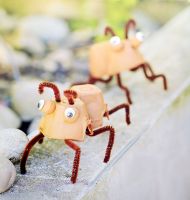Creating Simple Flat Felt: A Beginner's Guide
Welcome to the world of feltmaking, where you'll embark on your journey to mastering this art form. These foundational techniques will serve as your launchpad for more advanced felting projects in the future. Learning how to handle fleece and manipulate fibers to shrink and harden felt will equip you with valuable skills for your creative endeavors!
Simple flat felt is a versatile and accessible craft that involves transforming loose wool fibers into a solid, flat textile through a process of wetting, rubbing, and rolling. This timeless technique is an excellent starting point for both beginners and experienced feltmakers, serving as a foundation upon which to build more advanced skills.
By layering wispy fibers in alternating directions, dampening them with warm soapy water, and applying pressure through rubbing and rolling, one can create a sturdy and visually captivating felted fabric. Whether you're crafting functional items or exploring your artistic side with decorative designs, simple flat felt provides an exciting and rewarding journey into the world of textile artistry.
1. Selecting Fleece For Our Simple Flat Felt
Begin by choosing your desired wool tops color. Hold a 10cm (4in) length of fleece about 10cm away from its end. Gently pull wispy pieces of fleece using your fingertips and the fleshy base of your thumb. Maintain some distance between your hands to ensure the fibers separate effectively.
2. Layering Fleece
Lay the fleece directly onto a bamboo mat, ensuring all the fibers run in the same direction for the first layer. You'll need to build two or three layers of fleece, depending on your desired final piece's durability. Alternate the direction of the layers to facilitate fiber entanglement and avoid bunching the simple flat felt fleece.
3. Designing with Fleece
To create motifs, pull a small length of fiber, spread and separate it loosely between your fingers. For circles, pull a strand and coil it so the ends overlap. Experiment with blending similar colors to add depth. Keep your designs loose, as they will define themselves during the shrinking process. Continue with the simple flat felt making process.
4. Wetting The Simple Flat Felt
Place netting on top of your fleece without disturbing your designs. Sprinkle warm soapy water across the design area. Avoid over-wetting; you can add more water gradually if needed. Spread water through the fibers and remove excess by wiping the netting with a cloth.
5. Mopping Up
Continue until the fleece feels completely flat and matted without puddles or air pockets. Adjust any design elements that may have moved under the netting during wetting.
6. Swelling
Rub soap over the netting to ease the rubbing process and encourage felting. Soap's alkalinity helps the wool fibers' microscopic scales swell and open.
7. Rubbing The Simple Flat Felt
Rub the fleece vigorously with both hands and plenty of pressure. Some fibers may come through the netting; remove excess by peeling back the netting while holding the fleece down. Continue for about ten minutes or until the fibers no longer move. Rinse in warm water to remove the soap from the simple flat felt.
8. Rolling Up Your Simple Flat Felt
Roll the simple flat felt tightly in the bamboo mat to initiate hardening and shrinking. Don't worry if it distorts; it will flatten out later.
9. Rolling the Mat of Simple Flat Felt
Roll the mat in all directions to prevent uneven shrinkage. Roll back and forth with firm, even pressure, unroll, turn the piece 90°, and repeat. Continue for a full 360° rotation, then turn the felt over and repeat. Rinse with very hot water, shock under cold water, rinse thoroughly, and repeat the rolling process while it's warm. Lay flat to dry in a warm place, or use a wool-setting iron to speed up drying.
Keep It Loose:
Tight designs can make the rubbing stage difficult, so maintain an open and loose approach to save time and effort.
Enjoy your journey into the art of feltmaking and the creation of fantastic projects along the way! We hope you have enjoyed our simple flat felt project, please leave a comment down below.




























.jpg)
.jpg)


















